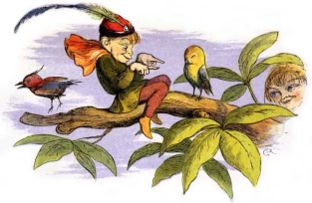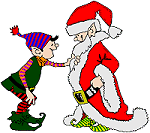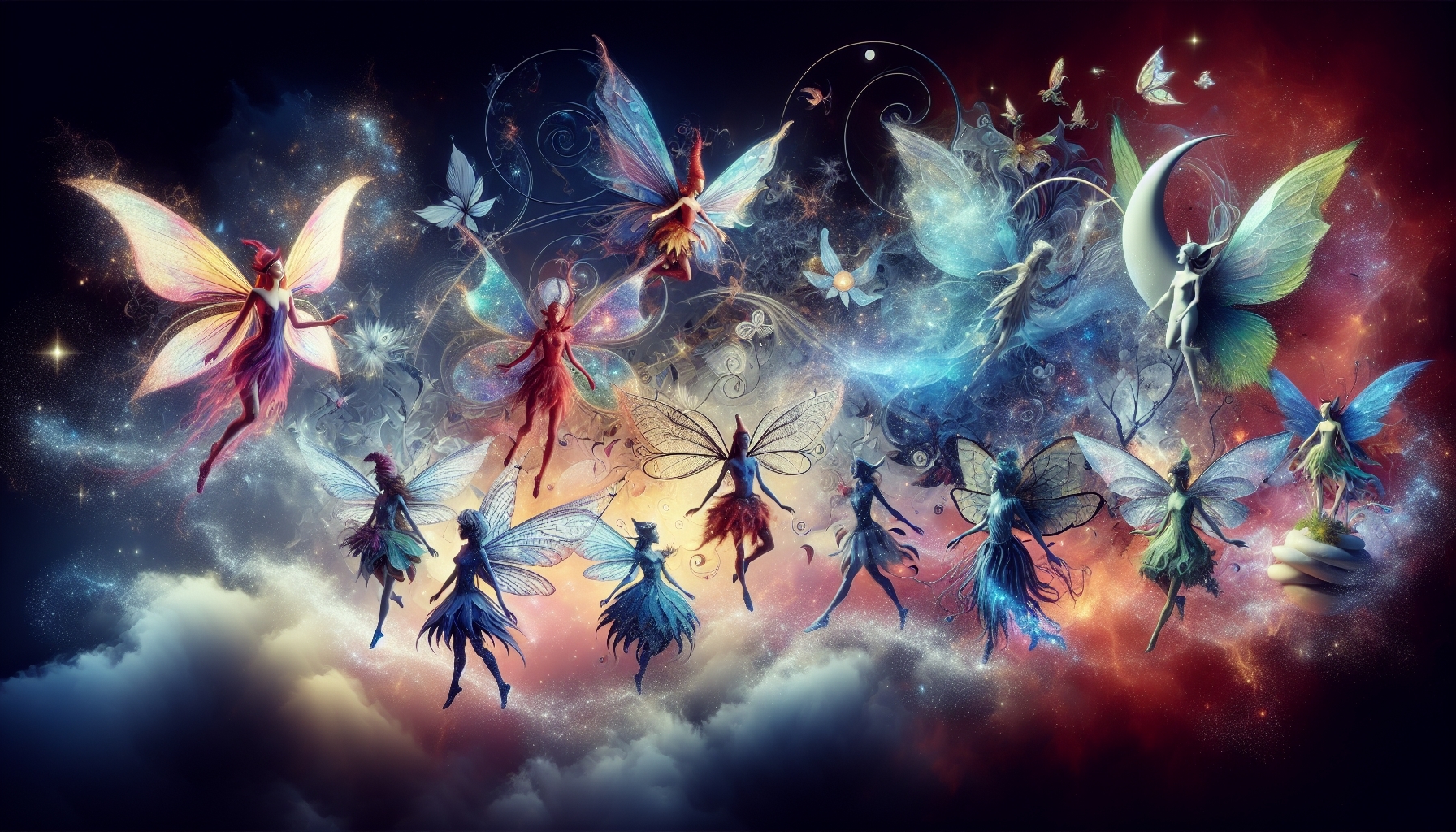Are Elves Real

Are Elves Real?
Are Elves Real? As we understand them, they are not "real" in the sense that they exist in the physical world. There's no scientific evidence to support the existence of these magical, humanoid creatures.
However, elves are very "real" in cultural history and folklore, which is to say, they have been a significant part of human stories and beliefs for centuries. Here's how:
- Mythology: In ancient Norse and Celtic mythology, elves were believed to be magical beings that interacted with humans in various ways. These stories were once part of the religions and cultural beliefs of these societies.
- Medieval Folklore: During the Middle Ages in Europe, belief in elves continued. They were thought to be either helpful or harmful, and people used amulets or performed rituals to protect themselves from the elves' mischief or malice.
- Fairy Tales and Literature: In later years, elves found their way into fairy tales, such as "The Elves and the Shoemaker," where they're depicted as helpful little beings. In modern fantasy literature like J.R.R. Tolkien's "Lord of the Rings," elves are portrayed as noble, wise, and connected to nature.
- Christmas Tradition: The concept of elves also plays a big role in modern Western Christmas traditions, where they're seen as Santa Claus's helpers, making toys for children in Santa's workshop at the North Pole.
- Modern Media: Today, elves are common characters in fantasy books, films, and video games. They often retain their magical abilities, longevity, and connection to nature.
In conclusion, while elves aren't "real" creatures, they have a very "real" place in human culture and imagination, serving as important figures in our myths, stories, and traditions.
When we ask "Are elves real?" what we're really asking is whether elves exist in the physical world as independent, living creatures. The answer to that question, based on our current scientific understanding, is no. There is no empirical evidence to suggest that elves, as magical, immortal beings, exist in the same way humans, animals, or plants do.
Are Elves Real, Yes if we consider "real" to mean "significant or meaningful," then elves are indeed very real. They have been a part of human stories and beliefs for centuries, influencing culture in various ways. Here's how:
- Cultural Beliefs: In ancient times, many cultures truly believed in the existence of elves and similar beings. They were seen as part of the natural or spiritual world, able to interact with humans in various ways, both beneficial and harmful.
- Literature and Storytelling: Elves have played significant roles in storytelling throughout history, from ancient Norse sagas to modern fantasy novels. They have been used to explore themes of nature, immortality, magic, and more. For example, in J.R.R. Tolkien's works, elves represent a connection to nature and the ancient past that is slowly fading from the world.
- Holiday Traditions: In modern Western traditions, Christmas elves are an important part of holiday celebrations. Although people don't literally believe in their existence, these elves are "real" in the sense that they are an essential component of the holiday's mythology.
- Popular Culture and Media: Today, elves are widely recognized figures in popular culture. They appear in video games, movies, TV shows, and books, shaping our collective imagination and contributing to our shared cultural heritage.
So while elves may not be "real" in the biological or physical sense, they are certainly real in terms of their cultural and historical significance. They have been, and continue to be, an important part of our stories, beliefs, and traditions.
An elf is a fantasy creature first described in German Myths. Originally Elves were imagined to be a race of a minor nature and were considered fertility gods. They were described as always appearing youthful with the female being a creature of great beauty. They are portrayed as living a very long time or even being immortal and having strong magical powers. These mythical elves lived in forests and caves, or in wells and springs.
Are Elves Real?
Their long life makes them cautious, for they have much to lose by making a thoughtless choice, and much time to contemplate things to avoid. Their culture is incredibly conservative and well established. Few of these mythical creatures are seen in the world and those that are seen were probably sent here to study on going events and report back. This was done so that their community might not be caught unaware by events outside their world.
These fantasy creatures are known for a natural affinity with elf magic. This is probably due to the long years they have to study magic. The same goes for their great ability with bow, sword, and nearly any other weapon or skill one can think of.
Elves are very reluctant to give out information about themselves. Still, it is known that elves have some relation to fairies and other magical creatures. But, this link still remains unknown, even to most elves.
According to a convention of modern fantasy, the 'v' in elven or elvish refers to human-sized creatures (who correspond more closely to those of the old Germanic paganism).

Christmas elves or Santas elves, live and work in the North Pole. These pretty little creatures with red or green (Christmas colors) cloths have great magical powers. They are Santa's little helpers, making toys in Santa's workshop. Not only do they make all the toys, they must take care of Santa's reindeer, and maintain the sleigh. These Elves also sort through Santa's letters from the children and make sure that these children are asleep before Santa delivers presents on Christmas Eve.

